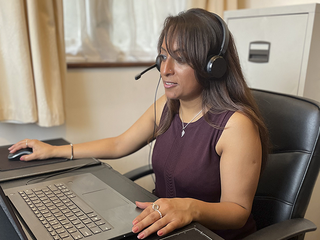Childhood acute lymphoblastic leukaemia (ALL) symptoms
Symptoms are the noticeable changes in the way someone feels. There’s a range of symptoms your child might get if they have ALL.
A lot of these symptoms can be hard to spot, as they’re similar to the symptoms of other more common illnesses. The important thing is to look out for symptoms that last longer than normal or seem out of the ordinary.
ALL affects how blood cells function, which can cause a number of symptoms. It’s unlikely for your child to get all of the possible symptoms listed here – everyone is different.
The most common symptoms of childhood ALL are:
- anaemia (a lack of red blood cells), which can cause constant tiredness, breathlessness, dizziness, paleness
- unexplained bruising and unusual bleeding
- getting infections easily
- losing weight.
In black or brown skin, symptoms like paleness and bruising may be less easy to see. Bruises may not show up immediately, but as they develop, they will look darker than the skin around them. Paleness may be more noticeable in your child's lips, gums, tongue and nail beds. Or if you pull their lower eyelid down gently, the inside will look pale pink or white rather than red.
Less common symptoms of childhood ALL include:
- swollen glands in the neck
- stomach pain
- bone pain
- generally feeling unwell
- night sweats.
We have more information about symptoms in our general information on the symptoms of childhood leukaemia.
We also have information on infections in blood cancer.

Worried about anything or have questions?
If you need someone to talk to, please don't hesitate to contact our Support Service by phone or email.
